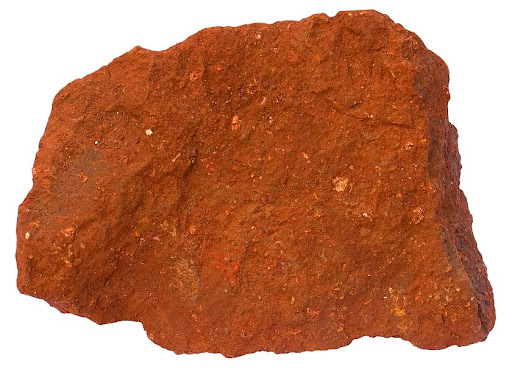Laterite is not uniquely identified with any particular parent rock, geologic age, single method of formation, climate per se, or geographic location. It is a rock product that is a response to a set of physiochemical conditions, which include an iron-containing parent rock, a well-drained terrain, abundant moisture for hydrolysis during weathering, relatively high oxidation potential, and persistence of these conditions over thousands of years.
where we see uses of laterite:
- Agriculture.
- Building blocks.
- Road building.
- Water supply.
- Wastewater treatment.
- Ores.

